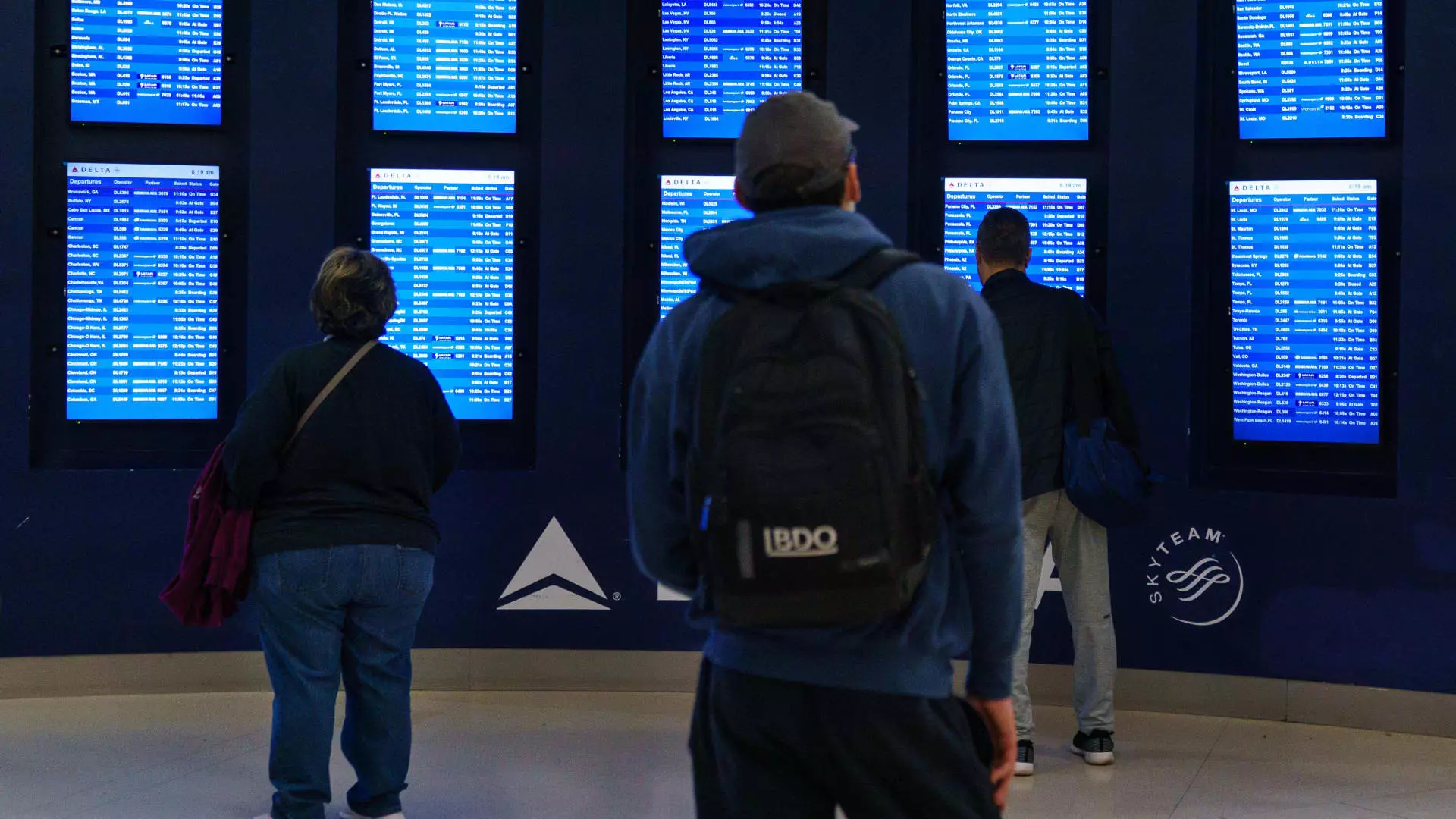The air travel industry is experiencing a remarkable rebound in 2024, highlighted by a significant resurgence in international travel. According to the International Air Transport Association (IATA), revenue-passenger miles—a key indicator of travel demand—rose by nearly 11% from January to October compared to the previous year. This growth illustrates a renewed appetite for flying, driven largely by an eagerness to explore international destinations after the constraints of the pandemic.
IATA’s predictions for 2025 further underscore this positive momentum, forecasting a 4.6% increase in aircraft departures, totaling around 40 million. This optimistic outlook hints at a continuing trend of recovery and growth within the sector. Airlines are responding to this surge in demand by expanding flight options and offering more premium seating, which not only enhances customer experience but also improves profitability, particularly for long-haul routes.
Despite the boom in air travel, the airline industry is not without its challenges. Several airlines are contending with a shortage of new aircraft as they strive to meet increasing demand. Additionally, financial difficulties persist for some carriers, indicating a complex operational landscape in which airlines must navigate both opportunities and obstacles. However, the service experiences for the flying public have generally improved since the post-pandemic recovery phase, where severe staffing shortages led to widespread flight disruptions.
Consumer sentiment has shifted positively as airlines enhance operational capabilities, leading to a more reliable travel experience. The anticipation of increased flight frequencies and the expansion of premium options reflect a responsive industry that aims to cater to the needs of a growing passenger base.
The emphasis on operational efficiency is further highlighted in the punctuality standings released by Cirium, an aviation data analytics firm that assesses airline performance based on timely arrivals. Delta Air Lines has emerged as the leader in North America despite facing challenges such as the CrowdStrike outage, which caused significant cancellations in July.
The punctuality rankings illustrate the competitive nature of the airline industry and its commitment to customer satisfaction. Airlines such as Aeromexico, Saudia Airlines, and Qatar Airways also ranked highly, with on-time rates exceeding 80%. These figures signify not only the airlines’ abilities to adapt to industry challenges but also to maintain a service quality that meets passenger expectations.
At the bottom of the rankings, airlines like Frontier and Air Canada struggle with on-time performance, prompting a need for introspection and strategy refinement to enhance operational reliability.
As we move deeper into 2024 and beyond, the aerospace industry is primed for a promising trajectory, buoyed by increasing demand and strategic expansions by airlines. While challenges persist, the swift adaptations of carriers to enhance service availability and flight punctuality reflect an industry that is learning from its past. The ongoing emphasis on improving customer experience will be key as airlines continue navigating the complexities of a recovering travel landscape. With the necessary innovations and operational improvements, the future of air travel looks optimistic, setting the stage for dynamic growth heading into the next few years.

